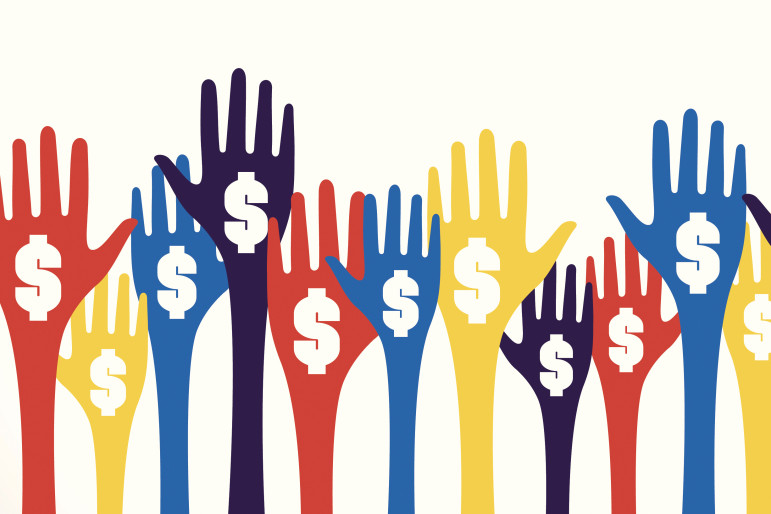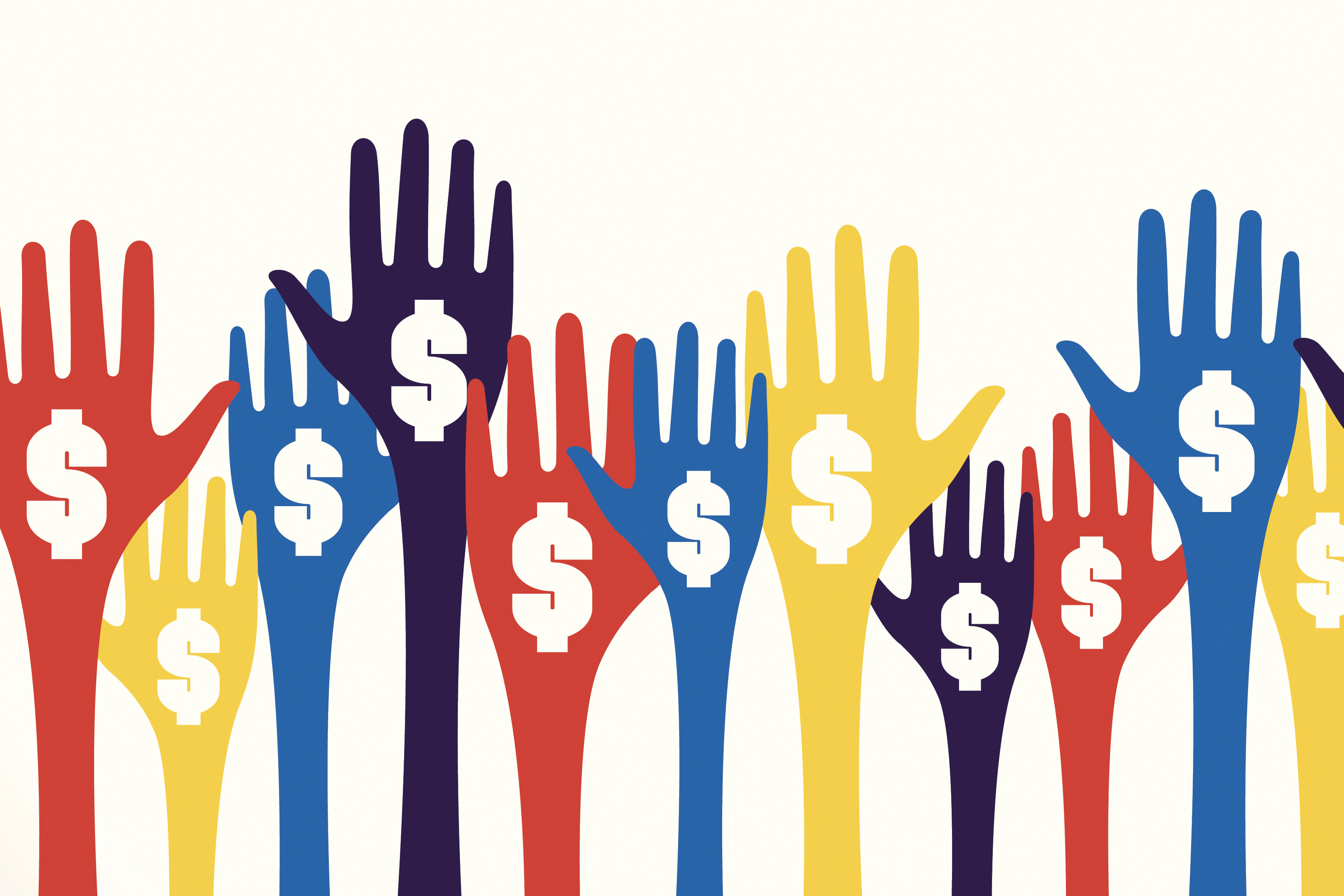 The current appetite for data is taking a bite out of some youth organizations.
The current appetite for data is taking a bite out of some youth organizations.
Nonprofits that serve youth are finding that funders — whether they are foundations or government agencies — want more figures that show an organization’s impact, and they want to see more specifics of who the program serves. Smaller nonprofits in particular face challenges in tracking and recording those numbers.
Widespread problem
“It isn’t just youth organizations. It’s in arts organizations and other human service organizations,” said Steve Paprocki, president of Access Philanthropy, a national consulting firm that provides support for nonprofits and foundations.
“Funders are asking for very different kinds of things,” he said. Whether it’s return on investment or the number of people served, they’re wanting to know more.
“You want to respect individual funders’ needs … but it’s crazy,” he said.
Paprocki said most youth organizations have less than a $2 million budget. With smaller staffs, they’re having to take more time to gather information, he said.
When grant makers ask for different sets of figures — with different definitions of units of service or different desired outcomes — they have to “develop both of those sets of information” and spend less time on fund-raising or programming, Paprocki said.
“It’s really hurting small organizations.”
Paprocki cites a youth-serving organization with the mission of helping kids learn about business. The director is spending 20 hours per week filling out applications, he said. “That’s crazy.”
Income figures
One form of data collection that may have youth organizations scrambling is income demographics among clients or families. Organizations that serve low-income youth may have to produce a variety of figures to demonstrate need and service.
A number of indicators can be used to define “low income,” said Robyn Furness-Fallin, senior vice president and chief development officer at YMCA of the USA.
Some funders want geographic data from the census that show income for neighborhoods. Others define low income based on school figures showing the proportion of the student population receiving assistance.
Others want figures showing local median income. Yet others define low income based on size of family and W-2 earnings.
“It really varies by funder, Furness-Fallin said.
Why so many numbers?
Paprocki said one reason for the increased requirement is that small family foundations have grown in size and scope, tripling in the last decade. They are “becoming more sophisticated about what they want,” he said.
Paul Vliem, development project coordinator of the Minnesota Council of Nonprofits, said funders are asking for more data and measurable metrics because they want to measure a program’s validity.
For one thing, business culture is more data driven, he said, whether in measuring profit or determining customer satisfaction. And business leaders sit on the boards of donor organizations.
In addition, attitudes around philanthropy have shifted, Vliem said. Donors are increasingly asking nonprofits for proof that their programs work.
The nonprofit sector as a whole wants to show that its work is achieving the stated goal, Vliem said. It turns to numbers to show that.
He also pointed out that an entire evaluation sector has developed to measure and calculate impact.
Solutions and resources
If the drive for more information does harm to a nonprofit’s work, it’s a problem, Paprocki said. There may need to be a conversation between nonprofits and the foundations that fund them.
“Donors need to know what’s happening on the ground,” he said.
Vliem points out that data sources exist. “Small nonprofits don’t have to produce all the measurements themselves,” he said. In many case, larger organizations have already done the research.
State demographers can provide information, and organizations can use census data.
Some states have very good resources for nonprofits, he said.
Youthprise, for example, located in Minneapolis, has data on out-of-school time and other youth-related subjects.
Another resource is PerformWell, which creates surveys and measurement tools that human service agencies can use. It’s useful for a nonprofit that is asked to present measurable results but doesn’t have the skills to create valuable and reliable surveys, Vliem said.
Paprocki said another effort to streamline the grant process has been the development of common applications. Some regional philanthropy associations have worked to create a common form that organizations in their area can use.
Marlee Honcoop, nonprofit programs coordinator at Donors Forum in Chicago, said a common form for state grant applications has been proposed in Illinois. There’s recognition that the process of applying for state grants is too complicated, she said.
Another idea involves creating a single form for each grant seeker. For example, an arts organization in the Twin Cities area of Minnesota is looking for a system in which each nonprofit would upload a form that could then be accessed by all potential donors, Paprocki said.
This collective form is similar in approach to the method used by GuideStar, which collects and provides access to IRS Form 990, the income and expense form nonprofits must file annually.
Without shared definitions — such as family income — and outcomes, youth program managers and organization leaders will continue to have to manage capacity issues as they report the variety of numbers needed to demonstrate need and impact.

























